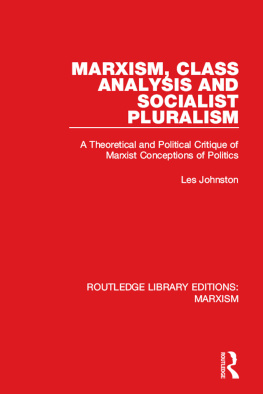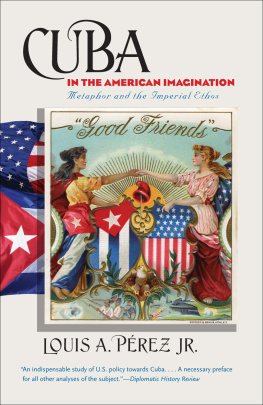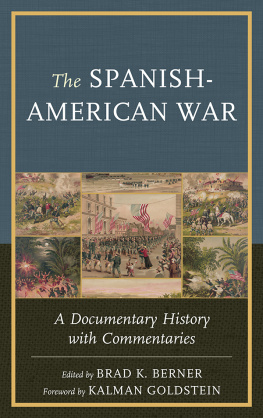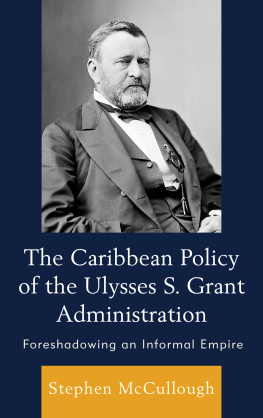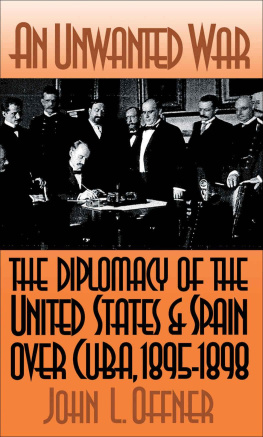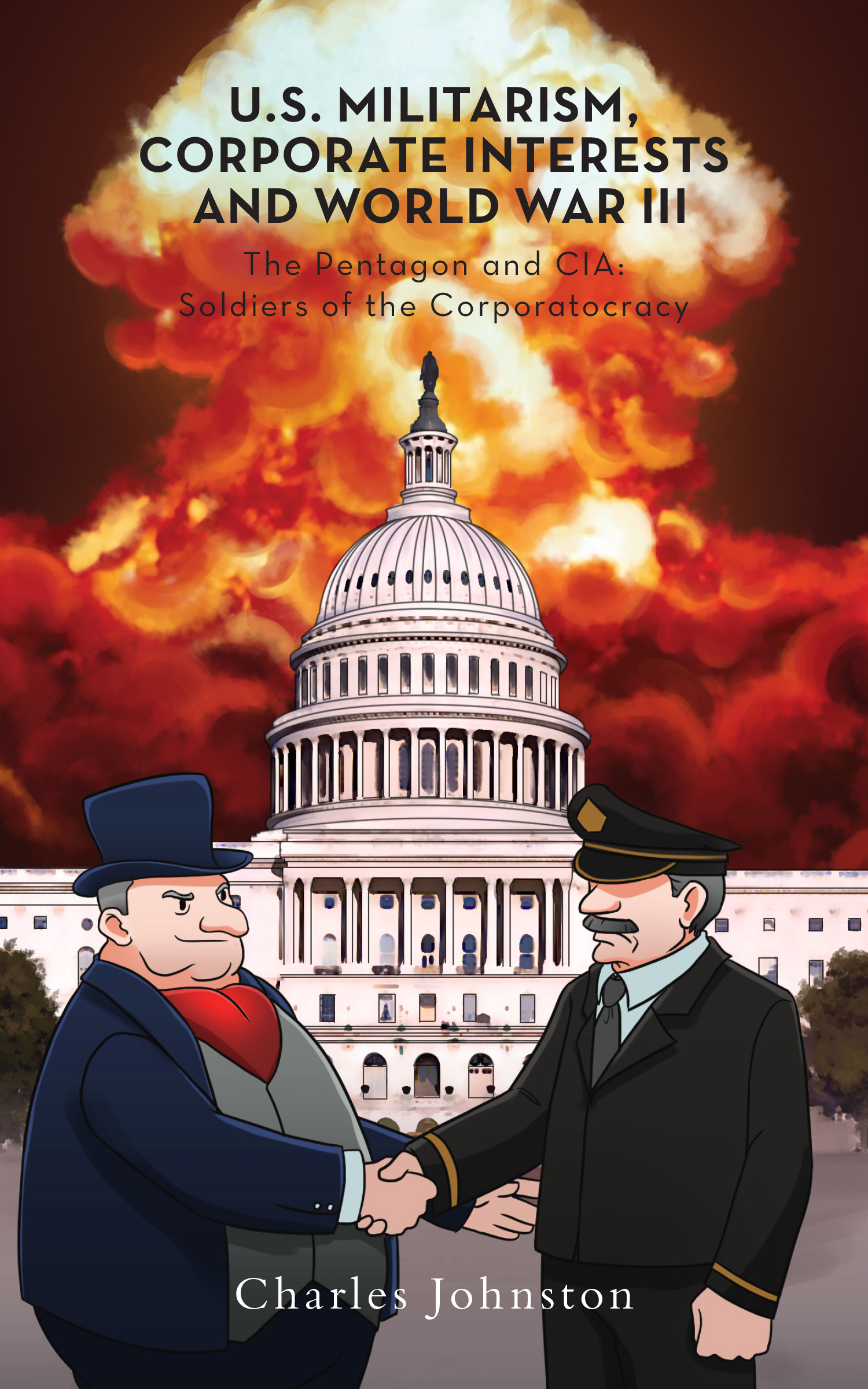U.S. Militarism, Corporate Interests and World War III
The Pentagon and CIA:
Soldiers of the Corporatocracy
Charles Johnston
Contents
Dedication
To grandsons Liam and Axel
Boys, question all authority
Introduction
Despite its many pacifist and non-interventionist supporters and ideologies of the past the United States has evolved into a hyper militaristic state. Since the late 19th Century the U.S. has engaged in an on-going series of foreign interventions. The numbers of major American wars and the many more covert operations are unprecedented in recent history. So too are the human and economic costs. In their frequency, world-wide distribution and often invented purposes U.S. engagements have been a bewildering collection of direct and proxied armed events. Fighting against democrats, despots, godless communists and devote Muslims in the far corners of the world would all seem unrelated actions. In their complex totality they mask the common thread that link all together.
Since 1945, and the end of The Last Good War, numerous academics and other authors have documented the frequency and locations of these engagements; but scholarly publication is not widely read. Major wars get front page coverage but little if any disclosure of real purposes. Behind the scenes there are very many smaller interventions that go largely un-noticed by the public. The U.S. role in coups dtat, proxy wars, minor U.S. military special operations, arms shipments and myriad other interventions are avoided in government commentary, absent in the mass media, below the radar and therefore not subject to public scrutiny.
The thought of war and the horrors it brings are repugnant to mature individuals. Wars must be sold to the public who pay for them with their uniformed sons and daughters and tax dollars, money which could be used for domestic programs or joyfully kept in the pockets of citizens. But selling anything, even war, can be accomplished with the right type of salesmanship. The most successful con-job in recent American history is the cultivated notion that we wage wars for noble purposes.
Operation Just Cause, Operation Iraqi Freedom and the now repetitive references to fighting for freedom and democracy all suggest noble intentions. But beneath the flowery rhetoric are purposes which, if known, would expose more sinister intents and render them less palatable to the American public. However obscure, and with few exceptions, U.S. military and paramilitary engagements protect and preserve corporate interests. They do so with little regard for the peoples directly affected and ignore the potential for retaliatory and possibly catastrophic consequences for the United States and the world. Like militaristic nations of the past the U.S. mistakenly behaves as if power conveys impunity. The threat of nuclear war looms large on the horizon but is seen by few. Our leading intellectuals warn of rampant militarism, domestic political corruption and the international consequences that might follow, but their voices are seldom heard.
This text is, in concise and readable form, a citizens primer on U.S. foreign behavior and where it may lead us; an effort to counter government misinformation and media complicity or avoidance. There exists in the United States a secretive and unholy union between the corporate community and government; a hidden alliance which directs foreign policy and is antithetical to representative democracy; a betrayal of what should be government of the people, by the people and for the people.
Chapter 1: U.S. Militarism: History, Costs, Pretexts, Theaters and the Corporate State
History: A More Pacifist Past
The U.S. military and paramilitary apparatus tower over all other national and international institutions. No other has impacted so much of the rest of the world, consumed more wealth and has been so successful in avoiding judicious restraint. But not all Americans have rejoiced in this march to militarism. One of the ironies of American history is that our now hyper militaristic nation was founded by people and leaders who often viewed militarism disdainfully. Pacifist Quakers (Friends) were some of the first to establish lasting settlements in what was to become the United States. These were followed by other religious groups which shared doctrinal opposition to militarism: Amish, Mennonites, Hutterites, Church of the Brethren, Baptist Peace Fellowship, Jehovahs Witnesses, Pentecostal Charismatic Peace Fellowship, Pax Christi (Catholic), Jewish Peace Fellowship, Episcopal Peace Fellowship, United Methodist Church, Shakers and other smaller groups.
The United States has also been birthplace to a number of other anti-war organizations: American Union Against Militarism, American Friends Service Committee (Nobel Laureate peace), Womens International League for Peace and Freedom and more. In addition to American institutional opposition to war there have also been objections to military engagements among some of our most prominent political leaders in the past. Thomas Paine, George Washington and John Adams were proponents of non-interventionism. So too was President Woodrow Wilson. Prominent among the many other Americans who opposed war: Henry David Thoreau, Dr. Albert Einstein (Nobel Laureate physics), Dr. Martin Luther King (Nobel Laureate peace), Dr. John Dewey, Upton Sinclair, Dr. Benjamin Spock, Dr. Linus Pauling (twice Nobel Laureate chemistry and peace), Jane Addams (Nobel Laureate peace) and many others. Other leaders have similarly been wary of the influence of militarism on American society.
As a result of war, corporations have been enthroned and an era of corruption in high places will follow, and the money power of the country will endeavor to prolong its reign by working upon the prejudices of the people until all wealth is aggregated in a few hands and the Republic is destroyed.
President Abraham Lincoln
A letter to Col. William F. Elkins
November 21, 1864
The Lincoln Encyclopedia
Despite earlier resistance to militarism the United States is now recognized as a militaristic state, one which surpasses all others in power and global influence. Our opposition to foreign entanglements effectively ended with the Spanish-American War in 1898. Disapproval resurfaced in World War I and was not seen again as a prominent force until the Vietnam War. Despite a substantial early base for resistance against armed aggression our military behavior has almost become one of the defining features of our nation. In 2014 the Congressional Research Service identified 185 instances in which the United States deployed military personnel abroad between 1945 and 2014 (source: Instances of Use of United States Armed Forces Abroad, 1798-2014, Barbara Salazar Torreon , Congressional Research Service, Division of Foreign Affairs, Defense, and Trade, CRS). Covert operations and the distribution of arms to foreign countries are not included.
Not all of these resulted in armed conflict. Nonetheless, they have been unprecedented in number and breadth across the continents of Asia, Europe, Africa, and the Americas. Many of these were significant engagements with more than 30 countries receiving air strikes. Another study reveals that the number of military interventions has been increasing decade to decade; 1945-49: 5, 1950s: 6, 1960s: 8, 1970s: 11, 1980s: 22, 1990s: 66 and 2000-2006: 44 (source: Unwarranted Influence: Chronicling the Rise of US Government Dependence on Conflict, Brian Bogart, Peace Studies; University of Oregon, September, 2007).
Costs: At Home and Abroad
The costs of U.S. war and defense activities are correspondingly without precedent. The Stockholm International Peace Research Institute annually lists the military expenditures of most countries. It also specifies the level of spending as a percentage of each countrys GDP and world share.




